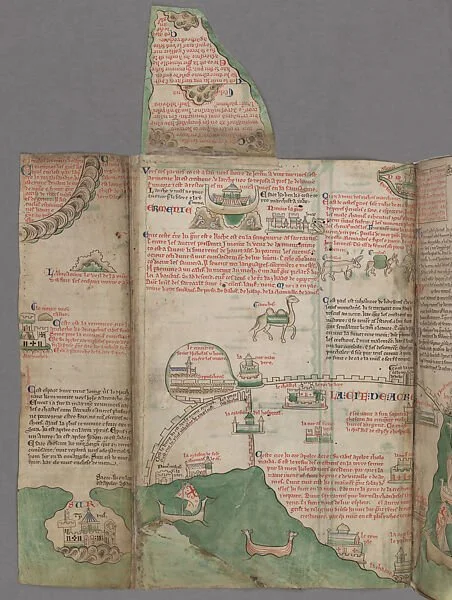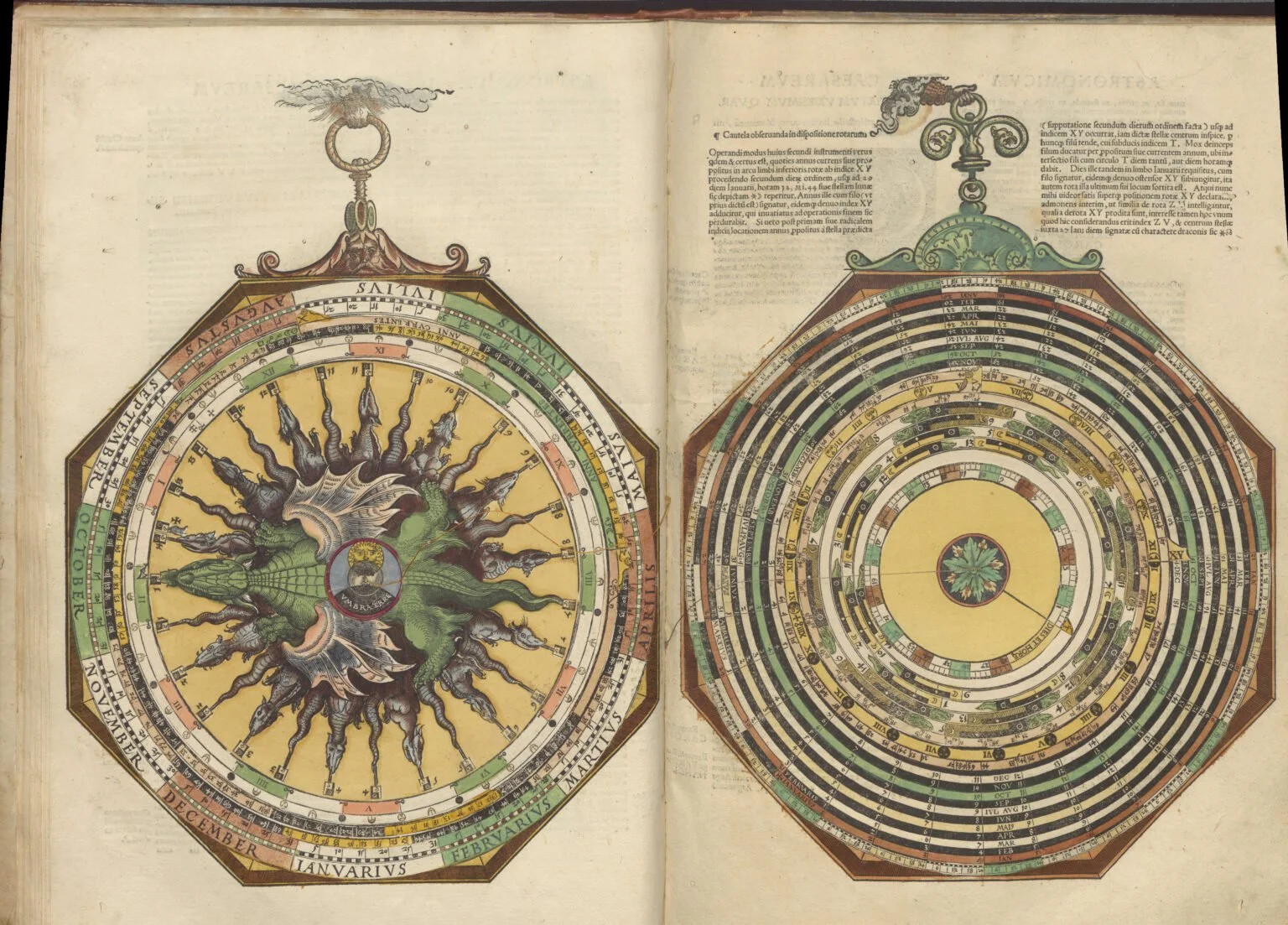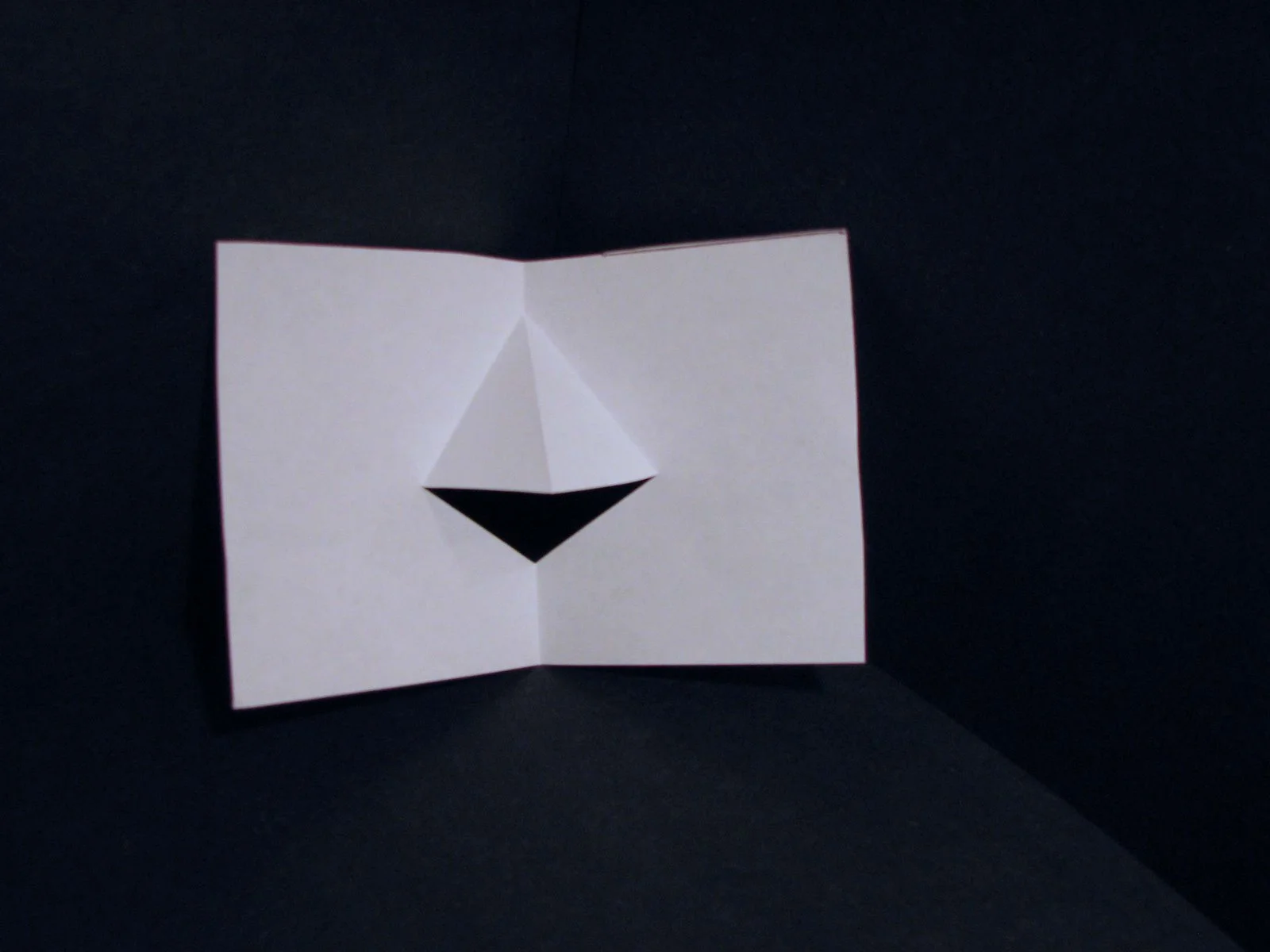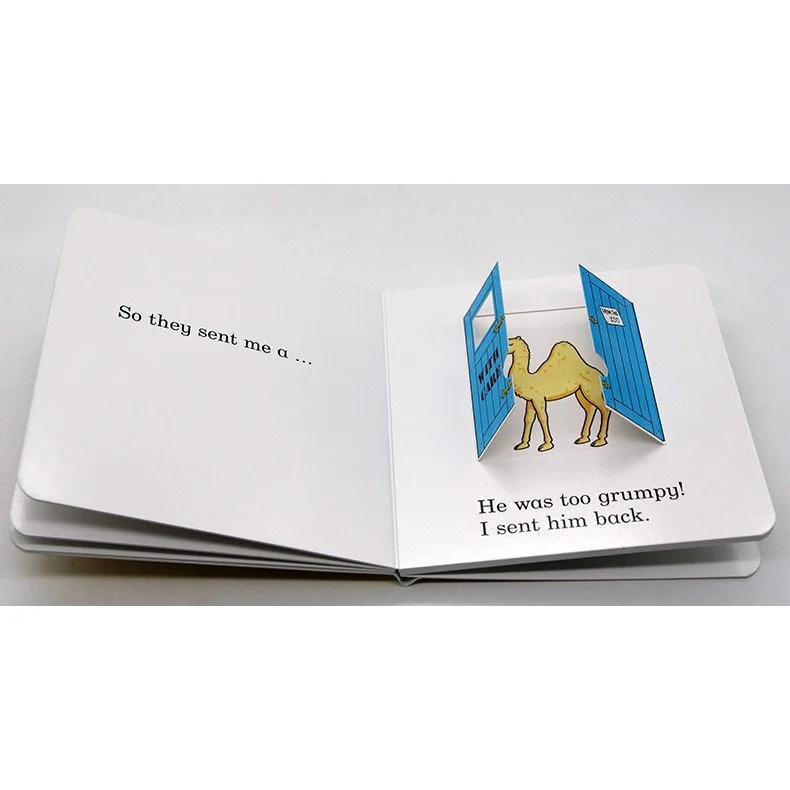Pop-up books are more than just childhood nostalgia—they’re a fascinating blend of storytelling, engineering, and art. In this blog, I explore the rich history behind these interactive creations, break down the techniques that bring them to life, and share my own hands-on experience trying pop-up book making for the first time. Whether you're a curious beginner or an art enthusiast, there's something here to inspire your creativity.
Pop-Up Book
History of Pop-Up Book
Pop-up books, also known as movable or mechanical books, have a history stretching back over 800 years. The earliest examples date to the Middle Ages, not as entertainment, but as scholarly tools. One of the first movable books was the Chronica Majora (1240), which used volvelles—rotating paper discs—to help explain astronomical and religious concepts. Another notable early example is the Ars Magna Generalis by Ramon Llull, which used rotating circles to facilitate logical reasoning and philosophical inquiry. By the late 15th century, interactive elements like flaps and moving parts appeared in scientific, mathematical, and anatomical texts. For instance, a 1489 astronomical calendar and 16th-century anatomical books used layered flaps to illustrate the human body.
For more detailed history of Pop-Up Book: DailyArt Magazine, Domestika
The 18th and 19th centuries saw pop-up techniques applied to entertainment and children’s books. Thomas Dean and Son in the 1860s produced pop-up books on a large scale, popularizing transformation-style books where pulling a tab would change the picture. German innovator Ernest Nister introduced dissolving multi-layered images, and Lothar Meggendorfer became renowned for his complex, tab-operated scenes
For a full video of Dean & Son’s pop-up book: Yalebritishart
The 1930s brought a renaissance in pop-up publishing, thanks to advances in inexpensive production. In Britain, Louis Giraud’s Bookano series and in America, Harold Lentz’s Blue Ribbon books made pop-ups widely accessible to children. These books are considered the first true pop-up books for children, as the pop-ups could be viewed from all angles.
In the postwar era, Vojtěch Kubašta in Prague and Waldo Hunt in the United States further advanced the art and production of pop-up books, with mass production moving to countries with lower labor costs. Today, pop-up books are both children’s favorites and collectible art objects, inspiring contemporary artists and paper engineers.
Techniques of Pop-Up Books
V-Fold: Two pieces of paper are folded in a V-shape and attached to the page, causing an image to pop up as the book opens.
Volvelles: Rotating discs used for calculations or to display changing images.
Box and Cylinder: A box or cylinder shape rises from the page, often used for buildings or rounded objects.
Pull Tabs and Levers: Pulling a tab or lever moves parts of the illustration, animating the scene.
Stage Set: Layers of paper are arranged to create a scene with depth, like a miniature theater.
Flaps: Lifting flaps reveals hidden images or information.
Floating Layers: Multiple layers are suspended above the page, giving a sense of depth and movement.
Tunnel Books: Pages are joined by accordion-folded strips, creating a tunnel effect that can be peered into
My journey
Trying pop-up book making for the first time was a surprisingly enjoyable experience. With the help of a tutorial, the process was easy to follow, even for a beginner like me. Although my final piece didn’t fully bloom—the flower elements stayed a bit closed, likely due to overly large glue spots that restricted movement—it still felt rewarding. I realized that while simple techniques are accessible and can already lead to beautiful results, more complex designs definitely require a deeper understanding of paper mechanics and creative problem-solving. There's a lot of room to explore and grow in this craft.























